SECURITIES AND EXCHANGE COMMISSION
Litigation Release No. 21489 / April 16, 2010
Securities and Exchange Commission v. Goldman, Sachs & Co. and Fabrice Tourre, 10 Civ. 3229 (BJ) (S.D.N.Y. filed April 16, 2010)
The SEC Charges Goldman Sachs With Fraud In Connection With The Structuring And Marketing of A Synthetic CDO
The Securities and Exchange Commission today filed securities fraud charges against Goldman, Sachs & Co. ("GS&Co") and a GS&Co employee, Fabrice Tourre ("Tourre"), for making material misstatements and omissions in connection with a synthetic collateralized debt obligation ("CDO") GS&Co structured and marketed to investors. This synthetic CDO, ABACUS 2007-AC1, was tied to the performance of subprime residential mortgage-backed securities ("RMBS") and was structured and marketed in early 2007 when the United States housing market and the securities referencing it were beginning to show signs of distress. Synthetic CDOs like ABACUS 2007-AC1 contributed to the recent financial crisis by magnifying losses associated with the downturn in the United States housing market.According to the Commission's complaint, the marketing materials for ABACUS 2007-AC1 — including the term sheet, flip book and offering memorandum for the CDO — all represented that the reference portfolio of RMBS underlying the CDO was selected by ACA Management LLC ("ACA"), a third party with expertise in analyzing credit risk in RMBS. Undisclosed in the marketing materials and unbeknownst to investors, a large hedge fund, Paulson & Co. Inc. ("Paulson"), with economic interests directly adverse to investors in the ABACUS 2007-AC1 CDO played a significant role in the portfolio selection process. After participating in the selection of the reference portfolio, Paulson effectively shorted the RMBS portfolio it helped select by entering into credit default swaps ("CDS") with GS&Co to buy protection on specific layers of the ABACUS 2007-AC1 capital structure. Given its financial short interest, Paulson had an economic incentive to choose RMBS that it expected to experience credit events in the near future. GS&Co did not disclose Paulson's adverse economic interest or its role in the portfolio selection process in the term sheet, flip book, offering memorandum or other marketing materials.
The Commission alleges that Tourre was principally responsible for ABACUS 2007-AC1. According to the Commission's complaint, Tourre devised the transaction, prepared the marketing materials and communicated directly with investors. Tourre is alleged to have known of Paulson's undisclosed short interest and its role in the collateral selection process. He is also alleged to have misled ACA into believing that Paulson invested approximately $200 million in the equity of ABACUS 2007-AC1 (a long position) and, accordingly, that Paulson's interests in the collateral section process were aligned with ACA's when in reality Paulson's interests were sharply conflicting. The deal closed on April 26, 2007. Paulson paid GS&Co approximately $15 million for structuring and marketing ABACUS 2007-AC1. By October 24, 2007, 83% of the RMBS in the ABACUS 2007-AC1 portfolio had been downgraded and 17% was on negative watch. By January 29, 2008, 99% of the portfolio had allegedly been downgraded. Investors in the liabilities of ABACUS 2007-AC1 are alleged to have lost over $1 billion. Paulson's opposite CDS positions yielded a profit of approximately $1 billion.
The Commission's complaint, which was filed in the United States District Court for the Southern District of New York, charges GS&Co and Tourre with violations of Section 17(a) of the Securities Act of 1933, 15 U.S.C. §77q(a), Section 10(b) of the Securities Exchange Act of 1934, 15 U.S.C. §78j(b) and Exchange Act Rule 10b-5, 17 C.F.R. §240.10b-5. The Commission seeks injunctive relief, disgorgement of profits, prejudgment interest and civil penalties from both defendants.
The Commission's investigation is continuing into the practices of investment banks and others that purchased and securitized pools of subprime mortgages and the resecuritized CDO market with a focus on products structured and marketed in late 2006 and early 2007 as the U.S. housing market was beginning to show signs of distress.










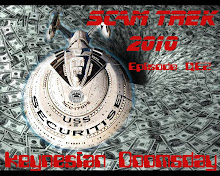





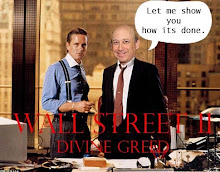








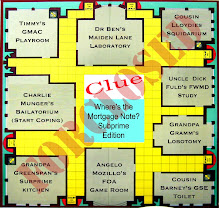





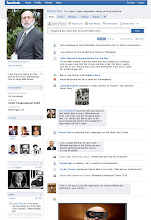

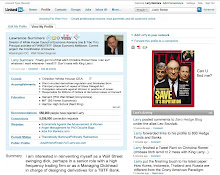




.jpg)



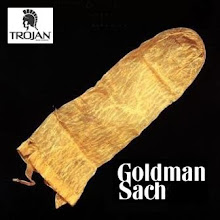








I should have asked sooner! ;)
ReplyDelete